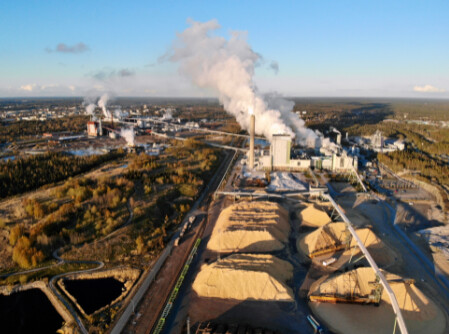
In 2024, Brazil exported nearly 20 million metric tons (MT) of pulp, marking a 3% increase in volume compared to 2023 and a 34% rise in export value.
These numbers are expected to grow as planned pulp mill investments come to fruition. Some of these include:
- In December 2024, Suzano S.A. inaugurated the world’s largest single-line pulp mill in Ribas do Rio Pardo, Mato Grosso do Sul, which has an annual production capacity of 2.55 million MT.
- Chile’s Arauco is building a US$4.6 billion bleached eucalyptus market pulp mill that will be the world’s largest pulp mill project with 3.5 million MT/year capacity when it starts up in 2027.
- Dissolving pulp producer Bracell has earmarked US$4 billion to build a 2.8 million MT/year pulp mill in Água Clara.
Challenges and Opportunities in Brazil’s Pulp Market
Competition for land in Brazil and investments in pulp production capacity have been key factors in rising log prices for the past two decades. However, Brazil’s pulp producers have the advantage of a huge and expanding planted forest resource to provide wood fiber. The country’s planted tree area has expanded to reach 10.2 million hectares, while protecting and expanding the wood fiber resources plays an important role in pulp producers’ investment decisions. Suzano’s R$22.2 billion Cerrado Project investment includes R$6.3 billion for timber plantations and logistics, while Klabin announced plans at the end of 2023 to purchase Arauco’s forestry assets in Paraná for US$1.16 billion.
Brazil is the largest supplier of hardwood pulp to the US, and its pulp industry is waiting to see how it might be affected by the current US enthusiasm for tariffs. There has been some speculation that any increase in prices of Northern Bleached Softwood Kraft Pulp (NBSK) as tariffs hit Europe and Canada could push US tissue producers to switch to hardwood pulp, increasing business for Latin American producers.
Source: resourcewise.com